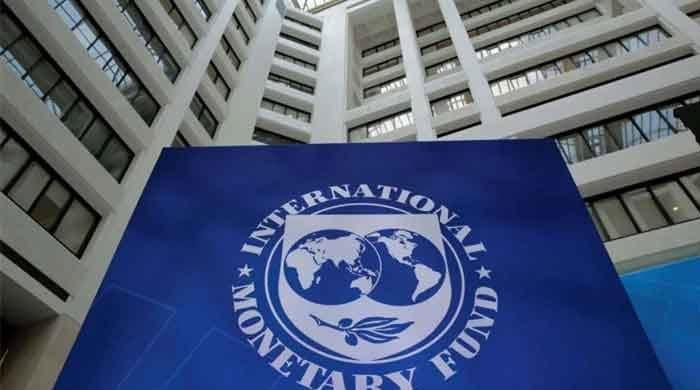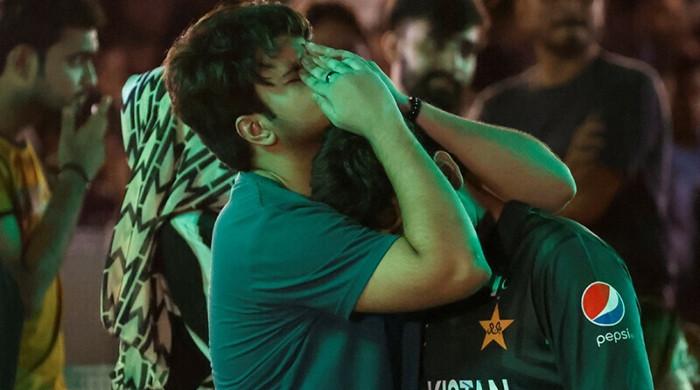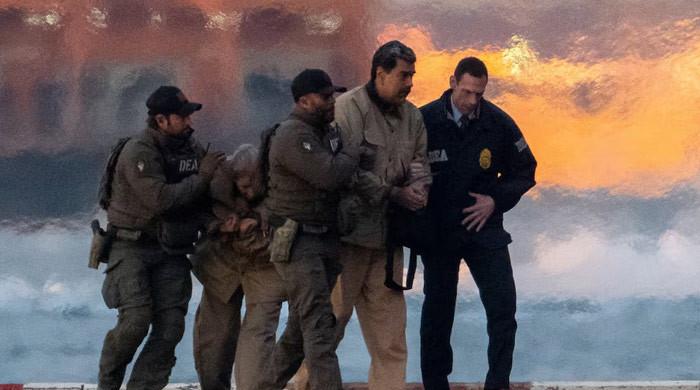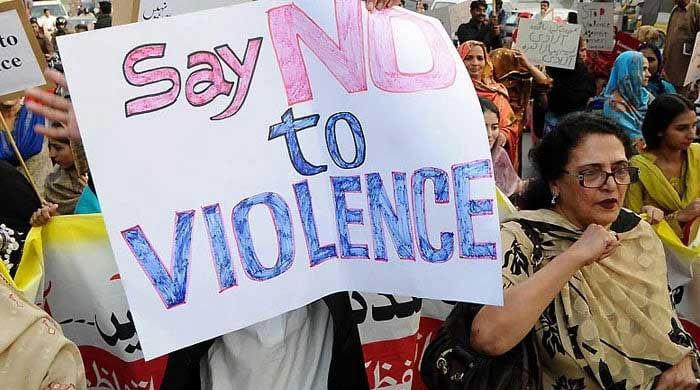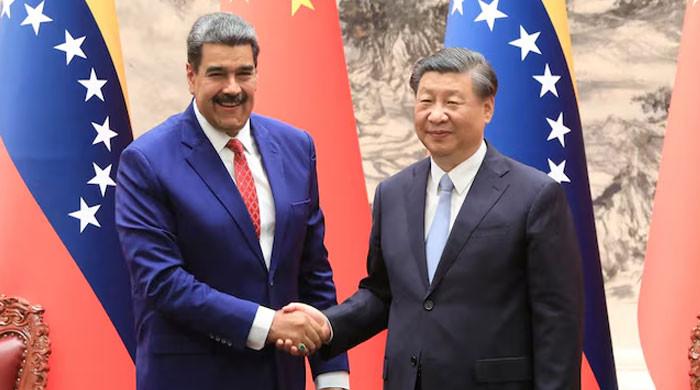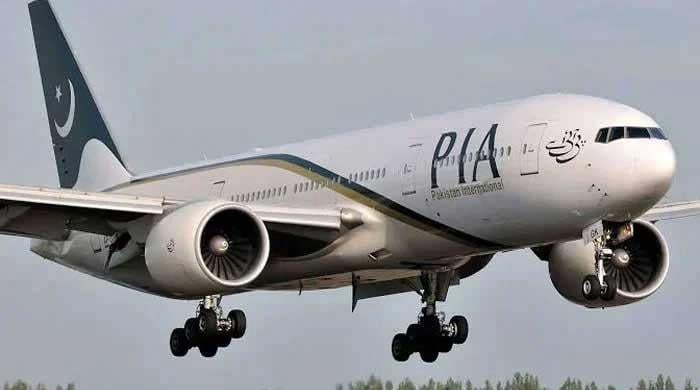Return of terror in 2022
The number of attacks and counterattacks crossed the 500 mark in Pakistan in 2022
January 16, 2023
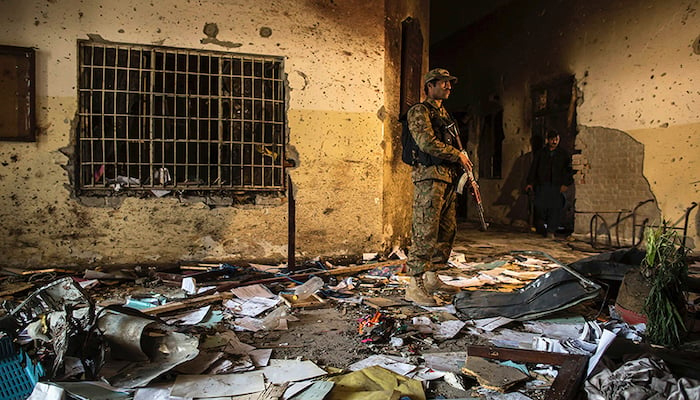
The annual security report that the Center for Research & Security Studies (CRSS) releases every year has some points to ponder for us in its report for 2022. Researcher Muhammad Nafees has been meticulously analysing data that he has collected for over 10 years now.
The latest report reminds us that proxy terror returned to Pakistan in a big way in 2022 with December being the deadliest month for Pakistan’s security personnel in over a decade. This was mainly due to the emergence of a new terror triad comprising the Tehreek-e-Taliban Pakistan (TTP), Balochistan Liberation Army (BLA), and Daesh-Afghanistan. These three outfits proved to be the biggest threat to the country last year as the total number of attacks and counterattacks crossed the 500 mark across the country. Of these, 310 attacks took place in Khyber Pakhtunkhwa and its newly merged districts that were formerly in the Federally Administered Tribal Areas (Fata).
That means over 62% of attacks targeted KP alone. Balochistan with 110 attacks became the unenvious second most vulnerable province in the country, whereas Sindh had to experience 54 attacks and counter-attacks in 2022. With a total of 506 attacks, on average Pakistan witnessed 42 attacks every month of the year. This shows no day went by without a terrorist attack or counter-attack somewhere; on some days there was more than one attack in the country. In terms of casualties, Pakistan faced over 1,700, with 975 people losing their lives in attacks and the remaining were serious injuries.
KP (including the former Fata) again leads the list with over 1,000 casualties, out of which 625 were fatalities and the remaining serious injuries. In Balochistan, over 250 people lost their lives in terrorist attacks and counter-attacks, whereas over 200 sustained serious injuries. In Sindh, 66 people were killed and 58 sustained injuries by the end of 2022. In Punjab, 28 people were killed and 27 injured in terrorist attacks and counter-attacks. The security forces lost 285 personnel, with 42 fatalities only in December. The modes of attacks included improvised explosive devices (IEDs) used in ambushes, suicide attacks, and raids on security posts, mostly in the Afghanistan-Pakistan border regions.
Though it is widely believed that the three terrorist outfits mentioned above carried out most of these attacks, they claimed responsibility for only 57 of these strikes. The rapid rise of violence in Khyber Pakhtunkhwa is perhaps the most disturbing aspect of the reports as the province witnessed an increase of 108% in the number of attacks. And even more disturbing is the revelation that 62% of the total fatalities were civilians, government officials, and security personnel as opposed to 38% being insurgents or militants.
The year 2022 also saw a political upheaval in the country, with Imran Khan losing his office as the prime minister of Pakistan and Shehbaz Sharif assuming his seat in April. Now Imran Khan has confessed that he wanted thousands of Taliban militants to settle in Pakistan but the provinces did not cooperate with the plan. After prolonged speculations about talks with the TTP, the outfit called off the "ceasefire" that probably never was. An unprecedented spate of terrorist violence ensued in Balochistan, erstwhile Fata, and the settled districts of Khyber Pakhtunkhwa.
The last month of the year witnessed over two dozen attacks in quick succession, and that became a prime mover of fatalities in the province with nearly two-thirds of all the fatalities whereas one-fourth of the total fatalities occurred in Balochistan, a province which has just six per cent of the country’s population. The Balochistan Liberation Army (BLA) and Baloch Nationalist Army (BLA) took the lead in the area-wise largest province of Pakistan. In Balochistan, at least 14 major attacks took place mostly on security forces targets.
Another startling feature of last year’s terror attacks was that for the first time, a woman member of the BLA carried out a suicide attack at the University of Karachi in April claiming the lives of three Chinese teachers and a Pakistani driver. Baloch insurgents also appeared to have spread their sphere of operations to Punjab where they attacked the busy Anarkali Bazaar in January 2022. Comparing 2022 with the previous year, Gilgit-Baltistan emerges as the safest with zero fatalities throughout the year. In 2021, six people were killed in attacks or counterattacks in GB.
Punjab and Sindh also showed major improvements with a difference of 44 and 57 fewer fatalities in these provinces respectively. KP and the former Fata combined suffered 226 more fatalities compared with 2021. The report points out disturbing trends of terrorist violence in the country.
The first is the debunking of the expectations that after the Afghan Taliban takeover in Kabul, there would be peace in this region. Many wanted us to believe that the Taliban victory in Afghanistan would herald good news for Pakistan. The dubious distinction between good and bad Taliban has now evaporated in thin air as the terrorists have been striking at will without discriminating between good and bad civilians or security personnel. Contrary to some overblown expectations pinned on the Afghan Taliban, they have once again revived the issue of the Durand Line and have been using threatening language against the country that has stood by them for decades.
The Taliban — both Afghan and the TTP — have been boring holes in the border fence that Pakistan has constructed at the cost of over $500 million. It appears that the militants can puncture the fence by pulling it at various places. Security forces remained the primary target of terrorist attacks in Khyber Pakhtunkhwa and Balochistan.
The vicious triad of the BLA, Daesh Afghanistan (ISK) and the TTP has led to a surge in terror across the country. Most of the terrorist strikes were concentrated in the Greater Bannu area and Bannu division which has a population of over three million, spread over three districts: Bannu, Lakki Marwat and North Waziristan. These are the same districts where polio teams and their guards have also repeatedly come under attack by militants, preventing Pakistan from achieving a much-awaited and desired polio-free status. In addition, Bajaur and Kurram have once again become vulnerable to cross-border attacks from Afghanistan. These districts directly come under fire from the Afghan provinces of Kunar, Nangarhar, Paktia, and Paktika.
It is now clear that the achievements of our security forces from 2014 to 2018 were put at risk after the PTI assumed office in Islamabad. Imran Khan’s pacification policy has cost the country a lot. His statement about the Afghan Taliban who, according to him, "broke the shackles of slavery" is still fresh in people’s minds.
This region cannot and should not endure any more violence, and decisive action is perhaps the only solution and that calls for coordinated efforts by security forces.
The writer holds a PhD from the University of Birmingham, UK. He tweets @NaazirMahmood and can be reached at: [email protected]
Originally published in The News




